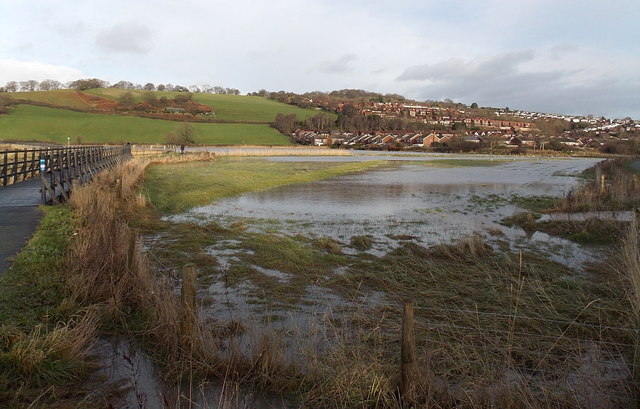With all the national-level news surrounding the new administration’s approach to environmental protections, it can be easy to lose track of the important roles that state and local governments have in pushing forward plans and policies for environmental protection and resilient communities. Working on ELI and UNC’s floodplain buyouts project and stumbling upon a book from the ELI archives refreshed my excitement and understanding of the various levels on which we can push for environmental action.
As Dr. Rebecca Kihslinger describes in her blog post, our floodplain buyouts project highlights various strategies and partnerships that can help maximize the benefits of hazard mitigation-related acquisitions. Well-planned, nature friendly hazard mitigation projects have the potential to produce results beyond environmental benefits. For example, communities can gain recreation opportunities which improve public health and education opportunities connecting local residents with their surroundings. Communities also become more resilient to extreme weather events such as flooding thanks to the natural buffer function of native habitats. All of these benefits go beyond the extremely important threshold criteria of mitigating future structural damage and preventing loss of life, and achieving them requires thoughtful planning and management.
These insights are by no means unprecedented; various case studies and our reviews of literature have revealed that many communities across the country are already using nature friendly criteria for prioritizing and planning hazard mitigation projects. On the federal level, the Federal Emergency Management Agency’s Benefit-Cost Analysis even allows for the consideration of environmental benefits in project fund applications, which influences the feasibility of certain projects requiring federal funding. This is significant because many local and state plans rely on federal funding for completion.
 |
State and local land use (and comprehensive) plans increasingly include the goal of coordinating objectives between agencies, reflecting in part that these entities understand the compatibility of healthy environments and strong communities. Hazard mitigation projects that prioritize open space or other nature friendly features can also be beneficial to local governments because they may broaden the pool of funding options (i.e., conservation agencies, land trusts, and other environmentally focused entities can also be considered as potential funding sources). This is important because, after all, a successful project requires substantial investments upfront and for subsequent management.
Looking beyond the scope of our floodplain acquisition project, it is clear that local or municipal governments can have significant impacts on their surrounding landscapes. One discussion I had while working on this project led me to an ELI Press publication titled Nature Friendly Ordinances (ELI Press 2004). Generally, the book recommends that ordinances reflect considerations of the impact that local decisions have in a regional context and over time. This entails keeping large areas of contiguous habitat, maintaining meaningful connections between habitat areas, and compensating for adverse effects of development on natural processes.
The penultimate chapter of Nature Friendly Ordinances discusses ways to support the conservation of biodiversity through open space acquisition and management. Such projects should be planned and prioritized with tools that consider environmental benefits or services, as well as community needs and interests. Properties acquired with federal hazard mitigation grants and many state and local grants are restricted to be used as open space. Why not use nature friendly guidelines at the local level in order to maximize the benefits of floodplain buyouts?
Our ongoing project and ELI’s 2004 publication show that nature friendly ordinances and planning priorities – including projects such as floodplain buyouts, which require the properties to be maintained as open space – give local governments the potential to positively influence not only conservation, but their communities, too.
Smart planning at the local level combined with deliberate coordination of objectives and funds between agencies and jurisdictions is a productive – and intuitive – route for achieving environmental protection and community resilience. By sharing ELI and UNC’s research on how to make the most of floodplain buyouts, we hope communities across the country will learn about the concrete benefits that thoughtful local planning and decisions can have on the environment. Understanding how nature friendly ordinances and planning contribute not only to conservation but also to building strong and healthy communities provides us with a new platform to work toward environmental protection at the local level – and perhaps an opportunity to see the fruits of our labor close to home.
